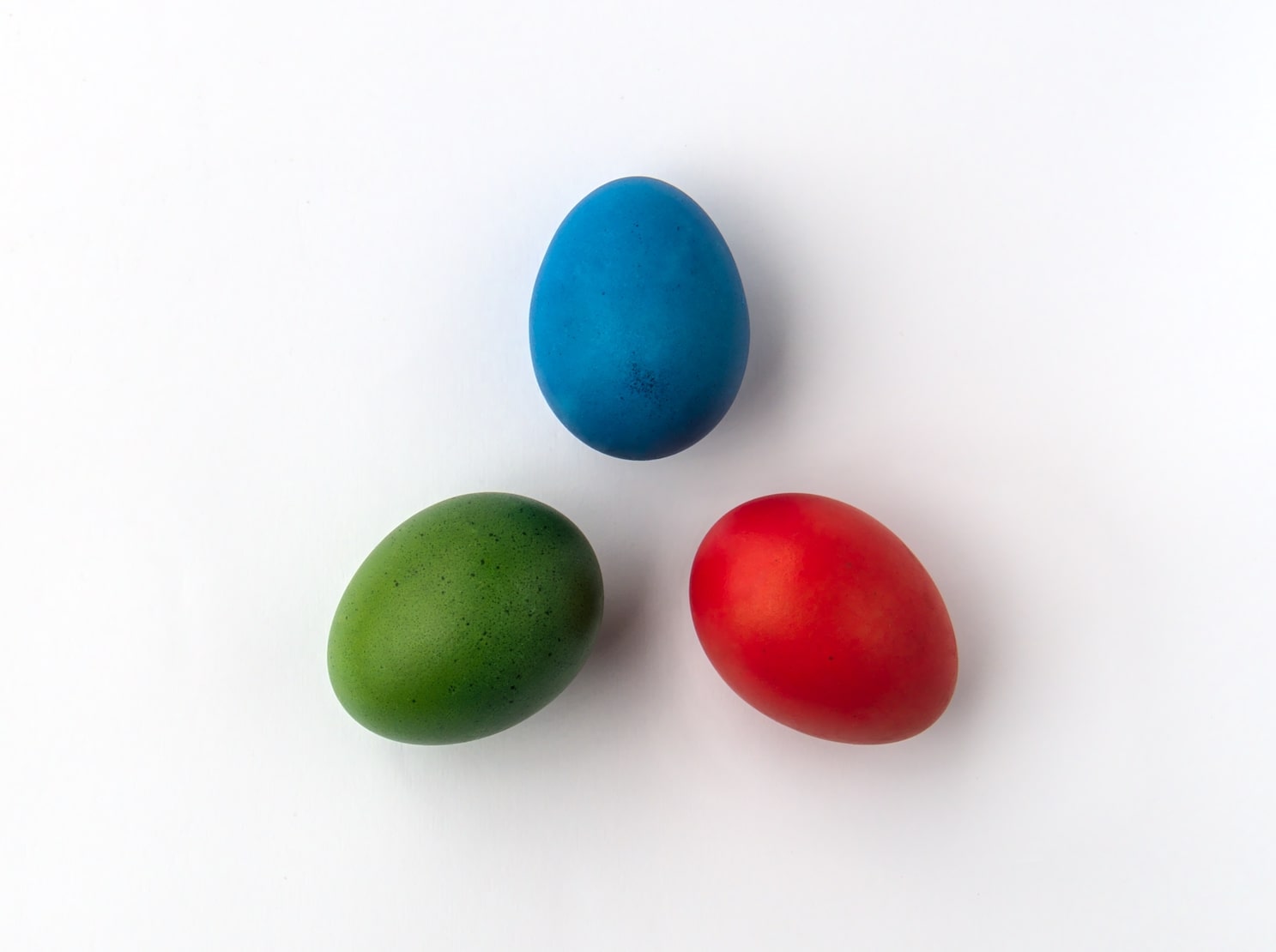Color creation is a diverse process, varying according to the medium used. It also involves different color models, each with its color range or gamut. RGB is one of these color systems. Short for red, green, and blue, the RGB color representation method emerged with the advent of the electronic age. It explains how color works on display devices such as TV sets, digital cameras, and computer monitors.
Starting your packaging design and preparing the file for your printer are some of the best times to understand the RGB model better. Whether your project involves a custom cosmetic box, display packaging, or retail box, read on and discover how to use this color space for your printing needs.
How RGB Works
As kids, we learned that red, blue, and yellow were the primary colors for producing new hues. But digital colors—or colors emitted by electronic monitors that allow us to see images—don’t work the same way.
The RGB system involves mixing different colors of light. Each color’s light intensity ranges from zero to 255. Each color has 256 values (including zero), resulting in 16.77 million available colors. The color mode ranges from warm orange to cool blue.
On digital screens, tiny dots called pixels form an image, with each pixel consisting of red, green, and blue light units.
RGB as an Additive System

In the RGB color model, adding or combining the primary colors or light units produces a more vivid or brighter color.
The light source changes the brightness level of each primary color within a pixel to create unique colors. Mixing two basic colors at full intensity produces cyan, magenta, yellow, and black—the primary ink or pigment colors.
Blending red, green, and blue light at optimum capacity or equal intensities produces white light. Meanwhile, you get black when with the absence of light. In between these extremes, combining two or three primary colors—each with a different intensity—produces the entire color gamut.
Best Applications for RGB
Manipulating light to produce desired RGB colors happens in the digital space. Thus, the RGB mode is best for:
- Branding (online logos and online ads)
- Web and app design (graphics, buttons, and icons)
- Visual content (photography for website, apps, and social media, video, and infographics)
- Social media (profile picture and profile backgrounds)
- Scanning documents
Why RGB Isn’t Ideal for Commercial Printing
You can print an image set in RGB mode without making changes because today’s inkjet or personal printers have software that automatically converts them to CMYK. But the printout may be different—typically duller or less vivid—than how the colors appear on your screen.
Converting the file to CMYK using an image editing solution is still the best option. Besides, most professional commercial printers will ask you to convert your file from RGB to CMYK before they print.
Image editors such as Photoshop, Illustrator, and CorelDraw allow you to preview how your image, pattern, or design will look on paper. Moreover, such software lets you tweak your image if its appearance is way off the RGB version.
Understanding CMYK in Packaging and Print

CMYK stands for cyan, magenta, yellow, and black—the four ink colors used by most offset printing machines, such as those by Refine Packaging. In offset printing—whose market was worth $649.9 million in 2022, your design or image undergoes color separation. This process involves four plates receiving a calibrated amount of each CMYK ink. Each plate offsets the image to a rubber blanket, which then applies the ink on the material. When the four-color process is complete, the overlapping colors produce a single image of your original design or photograph.
Based on RGB’s additive nature, increasing your color’s intensity brings you closer to white. Meanwhile, the CMYK model is a subtractive process—inks “subtract” brightness from white or a blank surface. Adding different colors of pigment or ink to a surface will give you a darker result. However, CMYK has a smaller 16,000-color range compared to RGB.
Due to these differences, printouts can’t accurately represent the bright colors in designs created or photos captured using the RGB mode. Images can appear “washed out,” especially if you have “out of gamut” colors, such as neon, fluorescent, and metallic hues. You may have to make test prints and customize settings to get specific tones right for your printout.
Here’s a chart summarizing each color system’s unique traits:
| Color Mode Traits | RGB | CMYK |
| Number of colors | 16.7 million | 16,000 |
| Color source | Light | Ink |
| Usage | Screen viewing, lighting for photo shoots | Printed materials |
| Examples | Websites, mobile apps, social media, online ads, TV programs and commercials, movies | Packaging (folding carton and corrugated boxes), labels, promotional inserts, fabric, publications, brochures, business cards |
Extended or Expanded Gamut
Process color is another term for any of the inks in the CMYK system. In process printing, the four colors combine after the machines apply CMYK ink to your material one at a time.
Because color consistency is important in branding, printers use additional colored inks to achieve a closer match to spot colors. These colors are typically unique to one’s brand and chosen from the Pantone Matching System (PMS). Printers use them pre-mixed—they blend inks before printing. Pantone uses 18 base inks to create all the colors of this color model.
Some offset printing companies use an extended gamut—CMYK + OGV, which stands for orange, green, and violet—to simulate most of the PMS colors—and closer to the digital or RGB version of a brand’s design.

